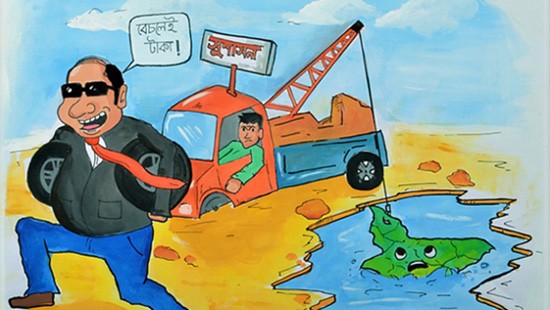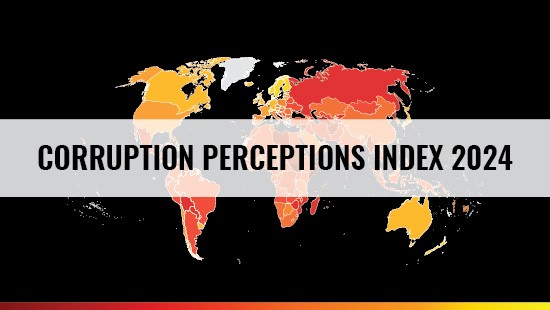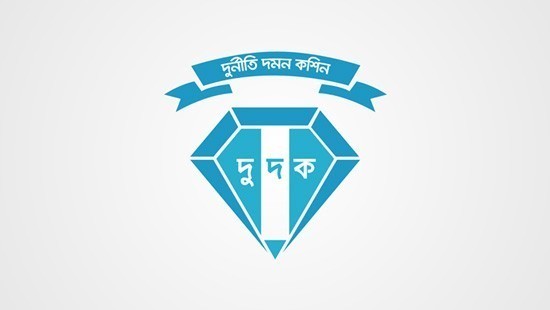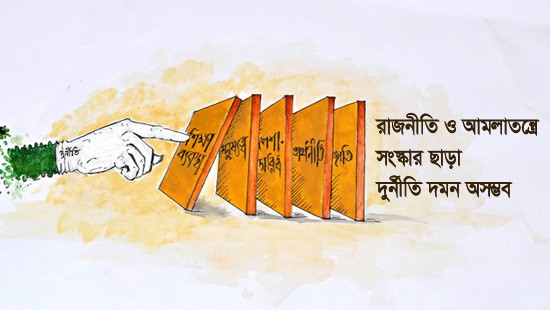Published: 02 February 2016
The “bitter truth” and the road to “sweet reality”: Responses to reactions to TIB’s garment supply chain report
Mohammad Rafiqul Hassan
Since the report underpinning 16 corruption scenarios in the garment supply chain has been published by TIB about two weeks ago, some of the concerned stakeholders have questioned its purpose. The matter was also hotly debated in some TV talk shows and a few op-eds were published in the print media both for and against the contents of the report. It has also been suggested that TIB should be sued for what was claimed to be a “baseless report”. Findings of any research may or may not be accepted or criticized by a relevant stakeholder or expert for various reasons. However, it is unfortunate and disappointing when a report, which has been prepared following rigorous and credible scientific method as practiced nationally and globally in social science research, is rejected outright labeling its findings as unrealistic without adequate substantiation. And dubbing them as malicious having an “ulterior motive” can be explained as a denial syndrome that can only be self-defeating.
TIB has been undertaking research periodically to identify governance challenges in the RMG sector since the Rana Plaza incident - the tragedy that shook the whole industry, gave a devastating blow to its image worldwide and created_at the risk of diverting buyers from Bangladesh to alternative countries for business. In October 2013 in its first ever research on the RMG sector, TIB identified governance deficit and corruption as key factors behind the Rana Plaza incident and highlighted 62 areas in which more than a hundred initiatives were taken to address the challenges and minimize risk of repetition of such tragedies and to redeem the image of the RMG sector. In its follow-up research in 2014 and 2015 respectively, TIB observed over 60 percent of those initiatives were implemented and the sector made commendable advances in transforming itself that included many of TIB’s recommendations. This remains a unique example of collective efforts of the government, producers and exporters, international buyers, agents and brands, workers’ interest groups, civil society, media, NGOs and other stakeholders. On top of list of priorities for any sensible stakeholder of the sector must be the need to find ways to complete the process of transformation and sustain it. This is exactly the objective of TIB, to study the remaining gaps and challenges and advocate for improvements. Undertaken in collaboration with TI Germany, the study has identified various potential risks and possible scenarios of corruption specifically in the supply chain where concerned stakeholders, particularly the buyers, who are often no less responsible for the maladies, have a great role to play in terms of making improvements.
Allegations that TIB’s report resorted to gross generalization, tried to malign the sector or had some ulterior motive are therefore groundless. Quite the contrary—TIB has tried to flag potential risk areas in the supply chain so that remedial measures can be taken which would strengthen the sector and improve its competiveness in the global market. As highlighted in the report that the purpose of this research is to develop a practical guide and training tool for company owners and employees, auditors, and independent agents on how to prevent and/ or respond to the solicitation of a bribe they may encounter at various points of the supply chain. Nowhere in the report has TIB stated that the sector is “plagued by corruption” or gives any indication to that effect. The report clearly states that the research findings are not equally applicable to all stakeholders in the sector, a message that was also underscored during the press conference —therefore the findings cannot be regarded as “gross generalization”. Being a qualitative research, the study findings depict the possible scenarios of corruption in the supply chain. Measuring the extent of such corruption was beyond the scope of this research—a fact that was clearly reiterated in both the report and the presentation at the press conference. The reactions expressed by the BGMEA, BKMEA, and some other stakeholders are seemingly based not on the contents of the report but ideas drawn from what they may have read or heard from a section of the media. The research is based on qualitative information collected through interviews with some 70 odd stakeholders involved in the supply chain, and verified and validated by triangulation with key informants having particular knowledge and experience of the sector. The BGMEA was requested for information and opportunity to meet. However, in the absence of no response the research team interviewed relevant officials of various levels who spoke in their personal capacities. Those who rejected the report findings apparently missed the point that it represents real-life scenarios that revealed solicitation and demands for unauthorized payments, fraud and falsification—all of which are examples corrupt practices. Each scenario is followed by recommendations on how to counter such situations efficiently and ethically.
It has been contested that the scenarios described in the report are not always discrete from each other but are repetitious. Given that this study looks at different scenarios in three stages of the supply chain, repetitions are possible especially because similar scenarios may occur at different stages where the same actors are involved. The number of scenarios depends on the criteria based on which they are clustered. Critics of the report also questioned whether the 16 scenarios depicted therein were at all realistic given that Accord and Alliance have been working to ensure workplace safety. It should be noted that none of the 16 scenarios mentioned in TIB’s report relates directly to issues including building safety on which Accord and Alliance have been working. TIB’s post Rana Plaza follow-up report on the RMG sector released in April 2015 has acknowledged the progress made in ensuring building safety in that period.
On the other hand, various stakeholders, while giving their reactions to the report, have admitted to the existence of corruption in the supply chain. The areas of disagreement appear to be about the risk of generalization which TIB never did in its report or in any other manner. Generalization was done by way of trying to find flaws in the report. Therefore, damage to the image of the sector, if any, was done by those who took the denial path, which can temporarily suppress problems, but cannot help the future of sustainability of the industry. One dimension that has not drawn sufficient attention of many is the multi-stakeholder responsibility with respect to governance challenges of the sector, especially the role of buyers, brands and their agents. The fact that corruption exists at 16 points in the supply chain may appear bitter to some, but the way to transform this “bitter truth” into a “sweet reality” is to overcome the customary denial syndrome and instead take remedial measures to address the governance challenges to better protect the interests of the sector and the country.
-Mohammad Rafiqul Hassan is the Director of Research and Policy of Transparency International Bangladesh (TIB).







